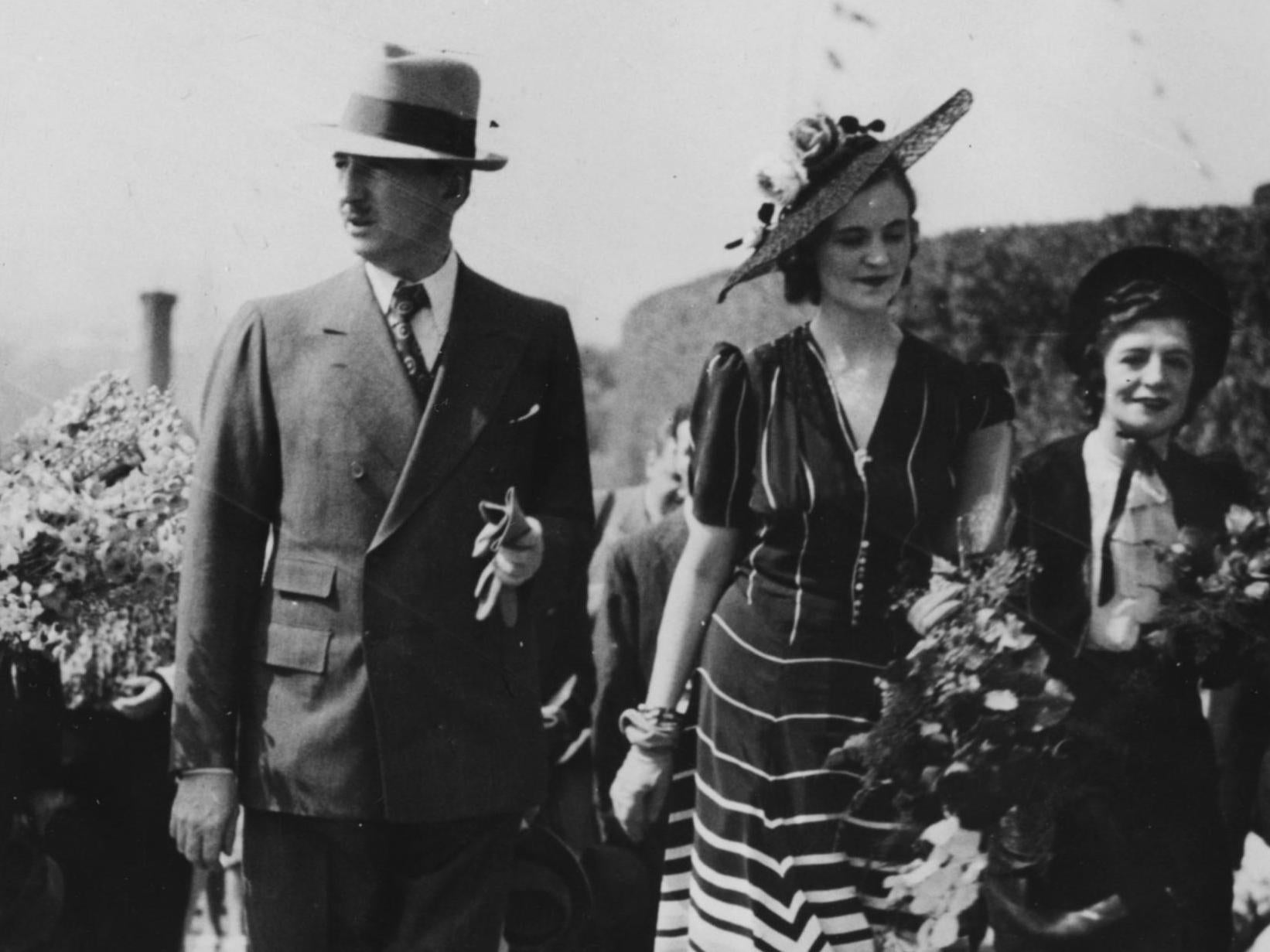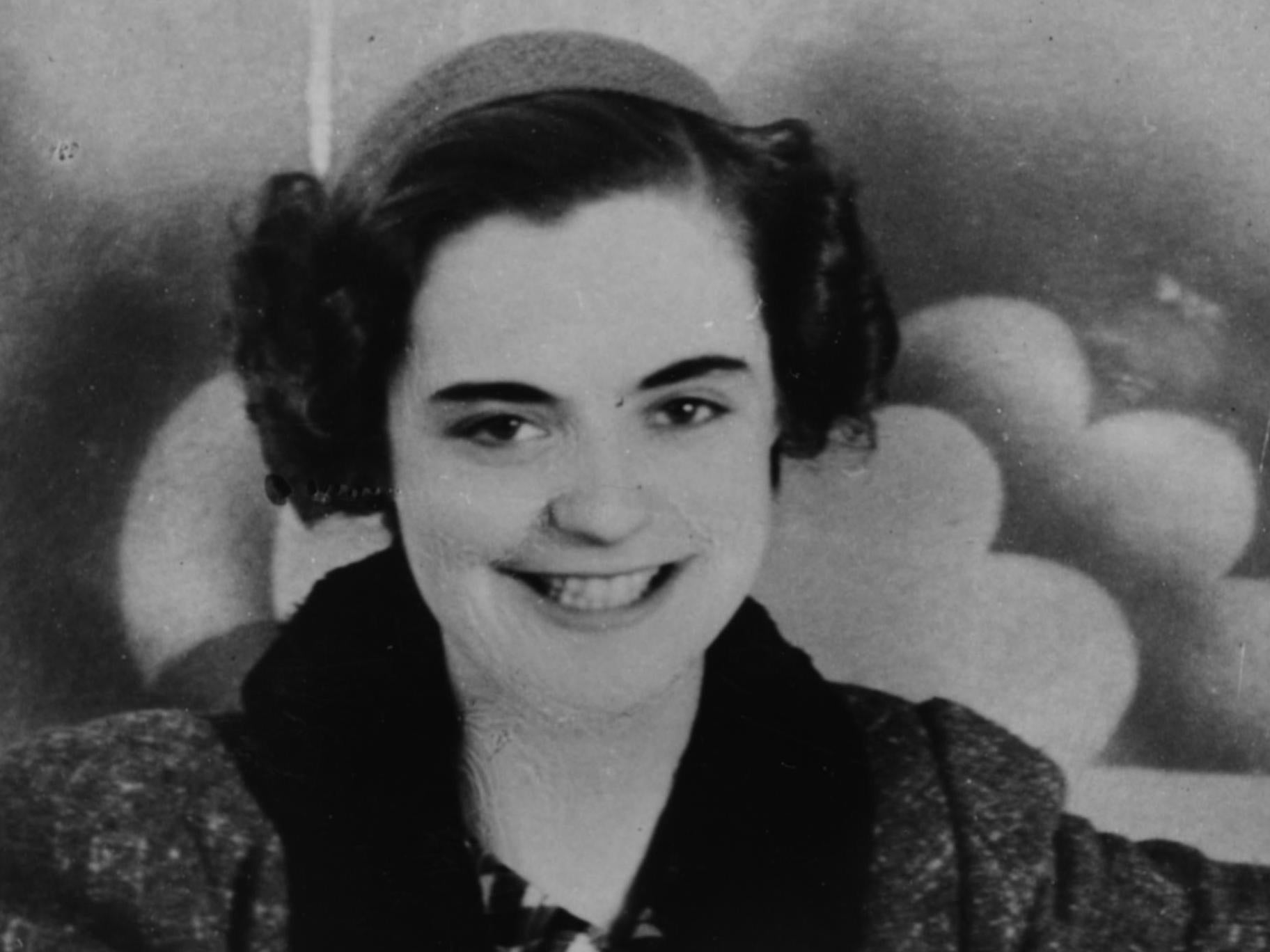A Life in Focus: Queen Geraldine of the Albanians
The Independent revisits the life of a notable figure. This week: Geraldine Apponyi, Albanian royal, from Thursday 24 October 2002

Your support helps us to tell the story
From reproductive rights to climate change to Big Tech, The Independent is on the ground when the story is developing. Whether it's investigating the financials of Elon Musk's pro-Trump PAC or producing our latest documentary, 'The A Word', which shines a light on the American women fighting for reproductive rights, we know how important it is to parse out the facts from the messaging.
At such a critical moment in US history, we need reporters on the ground. Your donation allows us to keep sending journalists to speak to both sides of the story.
The Independent is trusted by Americans across the entire political spectrum. And unlike many other quality news outlets, we choose not to lock Americans out of our reporting and analysis with paywalls. We believe quality journalism should be available to everyone, paid for by those who can afford it.
Your support makes all the difference.Queen Geraldine of the Albanians was one of the last survivors of the Ruritanian ambience of the interwar east European monarchies who lived in an insecure world between the threats of fascism, communism and democracy.
As the wife of King Zog of Albania she shared the vicissitudes of her husband in his exile during and after the Second World War and after his death remained prominent in the world of the exiled European monarchs as the mother of the pretender to the throne, Prince Leka.
She was born Geraldine Apponyi in Buda, and is customarily referred to as a Hungarian countess, but, although her father was an impoverished Hungarian count, her mother was was Gladys Virginia Stewart, an American heiress.
After a whirlwind engagement in Paris, they rushed off the platform of Geneva station to marry at St Joseph’s Church in 1914 before their connecting train arrived to take them to Hungary.
Geraldine was born the following year, and enjoyed an idyllic childhood divided mostly between Vienna, where she received a Catholic education, and the vast rambling Apponyi family castle at Nagy Appony in Hungary.
The Apponyi family could trace their descent back to the conquest of Hungary by Arpad in AD894, and the castle had been the family seat since 1280.
After the First World War, it had been somewhat modernised by Geraldine’s father, who had disposed of the family palace in Budapest and other property in Paris and Vienna in order to ease the heavy burden of family debt.

It was set in a huge empty forest, and provided an operatic background for the young Geraldine’s formative years.
She grew up as a bookish and intelligent young woman, and took a job as a librarian at the National Museum and developed an interest in Egyptology. She also attended balls, and it was at one, in the presence of Franz Lehar, the composer, that a photograph was taken that was to change her life.
The photograph was seen by Ahmet Zogu, a northern tribal leader from the Mati river region of Albania who had become king in 1928.
Zog had spent happy times in Vienna in his youth, and was in the process of selecting a bride there.
Geraldine was invited to visit Tirana on the strength of this image, and went in December 1934, chaperoned by a family friend Baroness Ruling.
Their courtship took place in a somewhat stressful atmosphere, to the accompaniment of Leber waltzes and Albanian folk music. The engagement was announced the following year, and the wedding took place in April 1938 with Mussolini’s envoy, Count Ciano, as the witness.
They drove to their honeymoon in an enormous scarlet open-top, supercharged Mercedes-Benz, a present from Hitler. She enjoyed a period of immersing herself in the Albanian world, particularly the life of the women in his Mati heartland, where she wrote that the scale of the mountain forests made those of Switzerland seem small.
But the decline of fortunes began in 1936 with the expulsion of Zog’s British advisers and with the beginning of full fascist annexation, and with the outbreak of the Second World War the family duly fled to exile to Greece, then France, then England, with a retinue of 500 retainers, officers and friends, many boxes of gold sovereigns, a personal arsenal, and little baby Leka, the heir to the throne.
In England, the court spent time at Lord Parmoor’s house in the Thames valley, where Geraldine was unhappy, feeling that Zog was too close to his numerous sisters who rivalled her as the chief woman of his family.
After the end of the war, and the communist victory under Enver Hoxha, the same peripatetic pattern of life continued, with periods in Egypt, as part of King Farouk’s court.
There she formed a close friendship with the similarly exiled Queen Giovanna of Italy.
The family moved to Cannes after the fall of the monarchy in Egypt, and then to Paris in January 1961.
By this time, Zog was suffering from a terminal illness, and he duly died that April. This loss could have reduced Geraldine to the role of a shadowy widow, but in the Albanian culture she had absorbed it did not, and she became the guardian of monarchist tradition, and a strong and partisan figure on behalf of her son, Prince Leka, who was consecrated King of the Albanians in a room in the Hotel Bristol in Paris on 5 April.
After their expulsion from France as a result of problems with the French authorities linked to Prince Leka’s well-known proclivity for carrying numerous personal weapons, they moved to Spain, where they lived in a small villa that Geraldine’s friend Queen Margarita of Bulgaria had found for them. This good period did not last long, as the Spanish government also disliked the alleged links Leka had with the arms business, and Saudi Arabia was the next destination.
The final move was to South Africa, after other scrapes between Leka and various governments, including his arrest in Thailand. They remained near Johannesburg until returning to Albania in 2001, when, in company with Queen Susan, Leka’s Australian wife, they reclaimed the magnificent family residence behind the Hotel Bogner in Tirana from the Greek government which had been using it as their ambassador’s residence.
In this sense, after many ups and downs, Geraldine returned to live the last months of her life as a loyal Albanian on the soil of her adopted country that she had left in chaos so many years before.
Geraldine Apponyi, born 6 August 1915; died 22 October 2002
Join our commenting forum
Join thought-provoking conversations, follow other Independent readers and see their replies
Comments